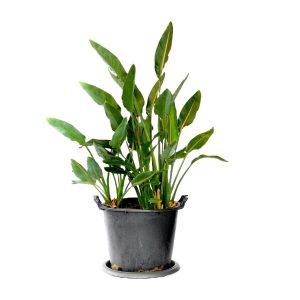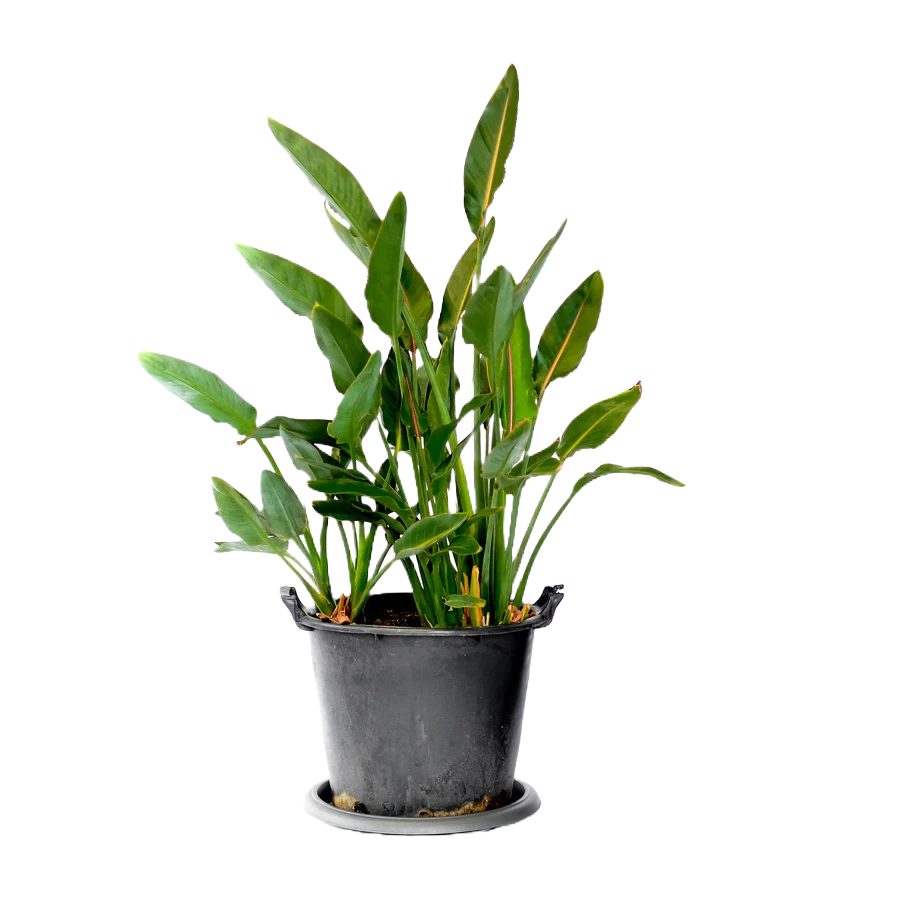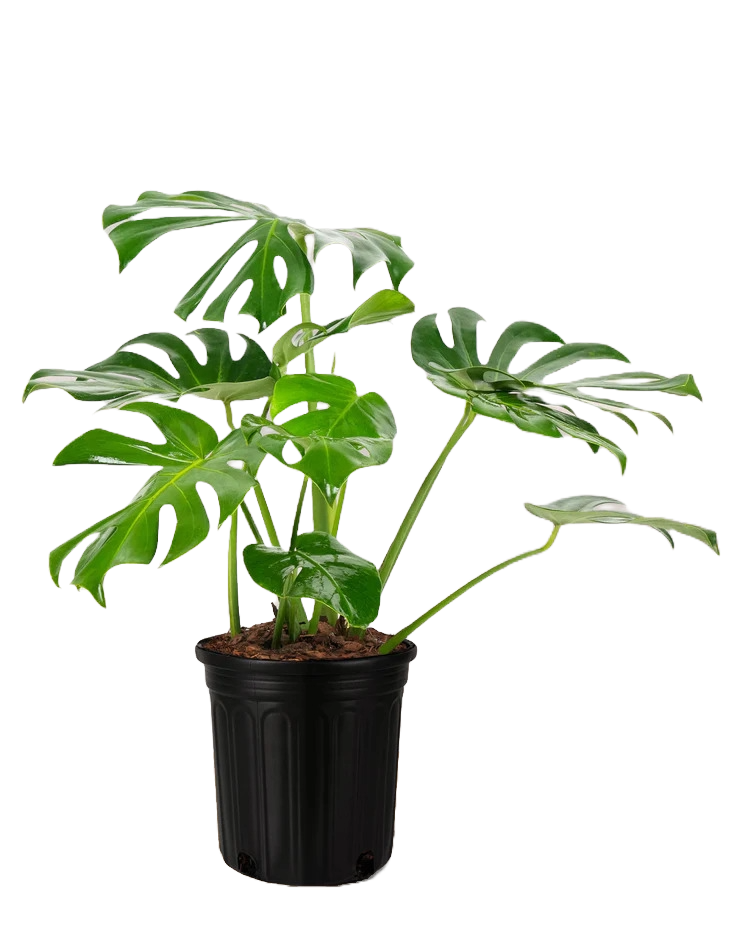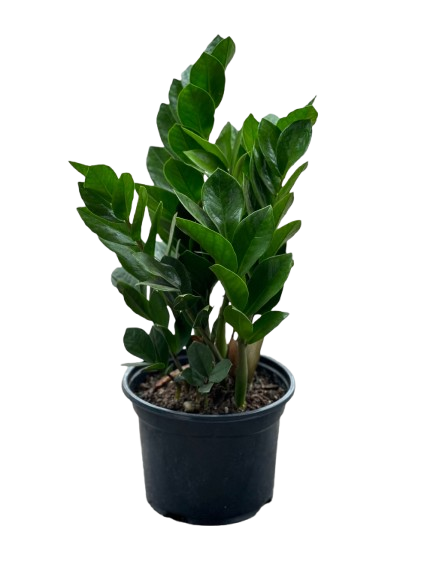Desert Rose (Adenium obesum): The Exotic Succulent That Blooms with Elegance

Why the Desert Rose Is So Special
- Unique Trunk Form: Its swollen, sculptural caudex stores water, creating a natural bonsai effect that adds instant drama to any garden or balcony.
- Vibrant Flowers: The blooms are long-lasting and appear several times a year, especially in sunny locations.
- Drought Tolerant: Perfect for Kenya’s warm, dry seasons — it thrives with little water.
- Symbol of Strength: In many cultures, it represents resilience and everlasting love.
Cultural and Historical Significance
The Desert Rose has deep roots in African and Arabian folklore. In ancient East African societies, it was admired for its ability to survive in harsh desert conditions — a symbol of endurance and vitality. In Arabian cultures, it is often planted near homes as a charm for protection and prosperity. The plant’s dramatic, bonsai-like form also made it a prized ornamental specimen in Asian horticulture, particularly in Thailand and Japan, where it’s revered as a “living sculpture.”
Ideal Growing Conditions in Kenya
- Light: Prefers full sun; place outdoors or near a bright window.
- Soil: Use well-draining sandy or cactus mix soil to prevent root rot.
- Water: Water deeply but infrequently. Let the soil dry completely between waterings.
- Temperature: Thrives between 20°C – 35°C; protect from cold drafts or frost.
- Fertilizer: Feed monthly during the growing season with a balanced, diluted fertilizer.
How to Grow and Care for Your Desert Rose
- Choose a pot with excellent drainage to prevent waterlogging.
- Use a mix of cactus soil, sand, and perlite for optimal aeration.
- Place the plant in a sunny spot with at least six hours of direct sunlight daily.
- Water sparingly — overwatering can cause root rot.
- Prune lightly after flowering to shape and encourage new growth.
Blooming and Seasonal Care
The Desert Rose blooms most vibrantly in warm months, producing stunning clusters of flowers that can last for weeks. During cooler months, it may shed its leaves and enter a resting phase. Resume regular watering and feeding once new growth appears in spring.
Common Pests and Problems
While generally hardy, Desert Roses can occasionally face aphids, spider mites, or mealybugs. Clean the leaves with a damp cloth and treat pests with organic neem oil. Always ensure the soil drains well to prevent fungal infections or root decay.
Pet and Safety Note
⚠️ Caution: All parts of the Desert Rose contain a toxic sap. Keep away from pets and children, and wear gloves when pruning.
Styling and Display Ideas
The Desert Rose looks stunning as a standalone plant in terracotta pots, raised planters, or as part of a minimalist succulent garden. Its dramatic trunk and vibrant flowers make it a statement piece for patios, office spaces, or sunny living rooms.
Where to Buy Desert Roses in Kenya
Find beautiful Desert Rose (Adenium obesum) plants at Plantify.co.ke — your trusted online nursery for exotic and easy-care houseplants across Kenya. Each plant is carefully grown and ready to thrive in your space.
Final Thoughts
The Desert Rose is more than just a plant — it’s a statement of beauty and resilience. Whether in bloom or resting, its sculptural presence transforms any space into a tranquil, sunlit oasis. Ideal for plant enthusiasts and collectors, this African native brings warmth, elegance, and symbolism wherever it grows.
Plantify.co.ke — your destination for beautiful, resilient plants that thrive in Kenyan homes and gardens.
Recent Posts
- Asiatic Lily Bulbs in Kenya: Vibrant Color, Easy Growth & Garden Beauty
- Dendrobium Orchids: Elegant Blooms, Easy Care & Indoor Beauty
- Vanda Orchids: Vibrant Colors, Air-Grown Beauty & Elegant Displays
- Vriesea Bromeliads in Kenya: Elegant, Colorful & Easy to Grow
- Manuka : Beauty, Healing & Natural Resilience








